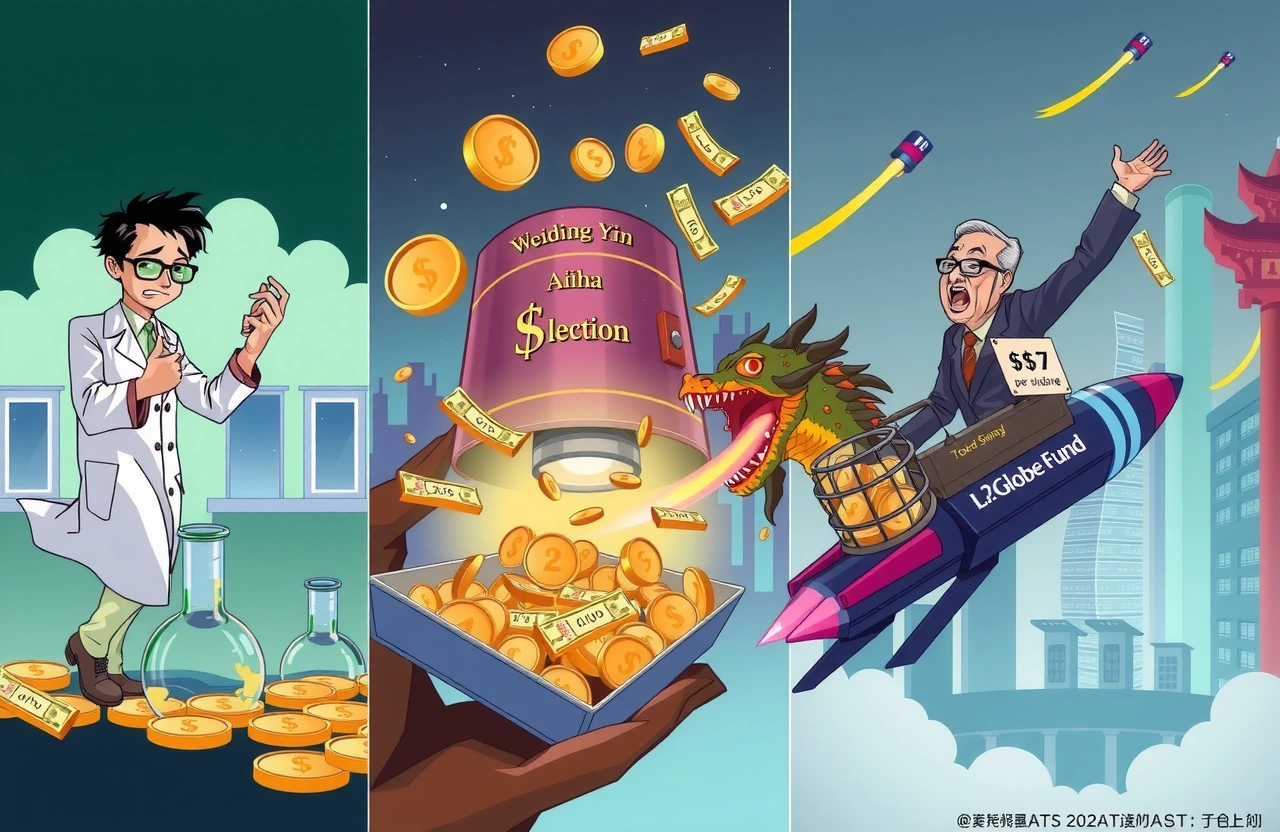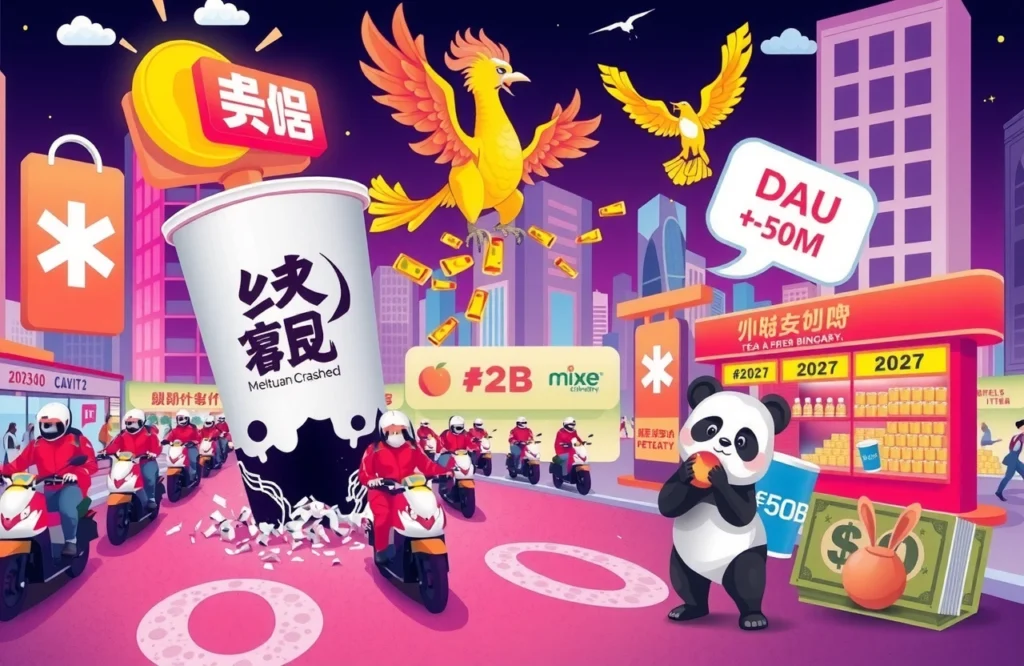The $550 Million Prelude
In 2016, U.S. investment fund 1Globe Capital executed a covert strategy. Its founder, Dr. Jiaqiang Li (李嘉强) – a Harvard-trained medical doctor – began systematically acquiring shares of Sinovac Biotech through multiple obscured transactions. Li orchestrated funds transfers totaling $13 million to family accounts in Canada to avoid crossing the 5% SEC disclosure threshold. By 2018, through calculated “ant-moving” tactics, Li secretly accumulated 32.6% ownership of this vaccine manufacturer unbeknownst to shareholders. This stealth stake-building foreshadowed a corporate conflict spanning three continents and billions in COVID-19 revenue.
Summary of Key Developments
– Historic $5.5 billion dividend proposal announced after 6-year NASDAQ suspension
– 2018 physical clashes between co-founders led to vaccine production shutdowns
– COVID-19 windfall shifted to spin-off entity Sinovac Life Sciences avoiding original stakeholders
– British court ruling resolved 7-year shareholder dispute favoring U.S. fund control
– Strategic dividends paid ahead of decisive board election vote
Foundation of China’s Vaccine Pioneer
The company’s origins trace back to Weidong Yin (尹卫东), an epidemiologist from Tangshan’s disease control center who developed China’s first hepatitis A vaccine in 1988. Facing funding shortages, Yin partnered with Peking University’s biomedical leader Aihua Pan (潘爱华) in 2001 through Beida Weiming Biological. Their venture created Beijing Sinovac Biotech with Yin handling R&D (24% stake) and Pan as Chairman.
Early Breakthroughs
– 2002: Commercialized hepatitis A vaccine Healive
– 2003: Listed via reverse merger on NASDAQ during SARS outbreak
– Key innovation: PanFlu pandemic influenza vaccine
The founders’ initial agreement pledged Pan permanent chairmanship – a verbal commitment later triggering decade-long legal warfare.
Partnership Fracture
The relationship deteriorated when Sinovac pursued privatization in 2009. Pan attempted to collaborate with SAIF Partners to transfer domestic equity overseas, only to discover Yin had partnered with SAIF behind his back. This betrayal ignited competing buyout consortia:
Yin’s Group:
– SAIF Partners
– Vivo Capital
– CBC Capital
Pan’s Alliance:
– Sinovac’s Chinese affiliate Weiming Medicine
– CITIC Mergers & Acquisition Fund
– Jiaqiang Li’s 1Globe Capital
The ‘Drawer Agreement’ Conflict
The core dispute centered on undocumented 2003 terms granting Pan perpetual control. This “drawer agreement” lacked formal documentation but contained oral commitments about:
– Board appointment authority
– Corporate governance veto power
– Chairman lifetime tenure
Disagreements escalated to physical confrontation in April 2018 when Pan ordered Beijing manufacturing facilities sealed – destroying 600,000 vaccine doses.
Strategic Spin-off Creation
Throughout the conflict, Yin quietly engineered his pivot: Sinovac Life Sciences. Established in 2009 at Beijing’s #129 Shangdi West Road facility, this subsidiary became Yin’s COVID-19 vehicle.
The Coronavirus Jackpot
2020–2022 operational highlights:
– Government-provided factories approved within 25 days
– Production scaled to 2+ billion annual doses
– Revenue (2021): $128 billion
– Net profit (2021): $95.5 billion
– Global rank: #2 vaccine manufacturer
Crucially, Sinovac Life Sciences’ ownership bypassed Beijing Sinovac’s shareholder structure:
Equity Distribution:
– Hong Kong Sinovac: 59%
– China Biopharmaceuticals (subsidiary of CP Group): 15%
– Vivo Capital: 10%
– Other investors: 16%
This COVID revenue/asset divergence triggered Pan’s intellectual property theft lawsuit alleging:
– Talent poaching
– Technology transfer
– Resource diversion
The U.S. Shareholder Gambit
Li Jiaqiang’s protracted accumulation scheme culminated at Sinovac’s explosive 2018 shareholder meeting. His 1Globe Capital bloc voted against Yin’s board slate – claiming 55% backing versus Yin’s declared victory. Legal avalanches ensued:
Timeline:
– 2018: Yin files Delaware lawsuit against 1Globe
– 2019: NASDAQ suspends trading (SINO) citing “failed governance”
– 2020: SEC fines Li $290,000 for disclosure violations
– 2023: UK Privy Council validates Li’s board nominees
The British ruling installed Li as Chairman – ending Nasadaq’s longest trading suspension involving a Chinese firm.
Unprecedented Dividend Mechanics
The dividend proposal announced June 2024 contains strategic timing:
Payment #1:
– Size: $55 per share
– Date: Before July 9 shareholder meeting
– Context: $6.47 pre-suspension share price
Conditional Payments:
– $12.50/share paid after favorable board vote
– $7.50/share completing $75 billion total
The dividend math delivers 8.5x cash return versus suspension valuation – functioning as de facto vote purchasing.
Governance Consequences
Key power shifts:
– Yin’s ownership diluted below influence threshold
– Replacement directors gain operational control
– Dividend depletes corporate reserves
Failure to approve directors risks forfeiting remaining dividends.
Protagonists’ Downfall Paths
Pan Aihua’s Imprisonment
The former Chairman was convicted in February 2024 on:
– Embezzlement
– Fund misappropriation
His Weiming Group collapsed after diverting resources to:
– Property speculation
– Failed pharmaceutical projects
– Unsanctioned Sinovac takeover efforts
Yin Weidong’s Diminished Influence
Despite Sinovac’s COVID success, governance shifts marginalize the scientist:
– Bribery conviction shadows
– Restricted Beijing Sinovac access
– Diminished Sinovac Life Sciences control
Public Health vs Corporate Gain Paradox
This story spotlights conflicting narratives:
– National vaccination achievements
– Collective public sacrifice
– Pharmaceutical profits
The contrast appears stark:
National Investment:
– Vaccine procurement costs
– Manufacturing subsidies
– Global health initiative
Corporate Outcome:
– Shareholder-focused distribution
– Capital structure favoring foreign investors
– Majority beneficiaries: U.S.-based funds
While China vaccinated 94% of adults, Sinovac’s historic dividends flow through U.S. custodial accounts.
Systemic Implications
This saga reveals structural fragilities:
Weak Governance:
– Contingency planning gaps
– Succession shortcomings
Execution Risks:
– Over-reliance on personalities
– Regulatory ambiguities
Remediation Priorities:
1. Formalized ownership transitions
2. Dividend caps for strategic firms
3. Domestic listing mechanisms
Watching institutions like the SASAC should scrutinize similar enterprises.
The Enduring Imprint
The turmoil leaves indelible marks:
– Global health laboratories
– Stockholder registries
– Collective memory
The families carrying vaccine scars witnessed corporate collisions diverting pandemic gains toward financial engineering. Public health officials now monitor Sinovac’s research continuity amid ownership turbulence. Investors anticipating similar windfalls should note that extraordinary dividends sometimes mask ownership consolidation tactics beyond frontline healthcare workers’ imaginations. Revisit corporate governance protocols before the next health crisis inevitably arrives.




